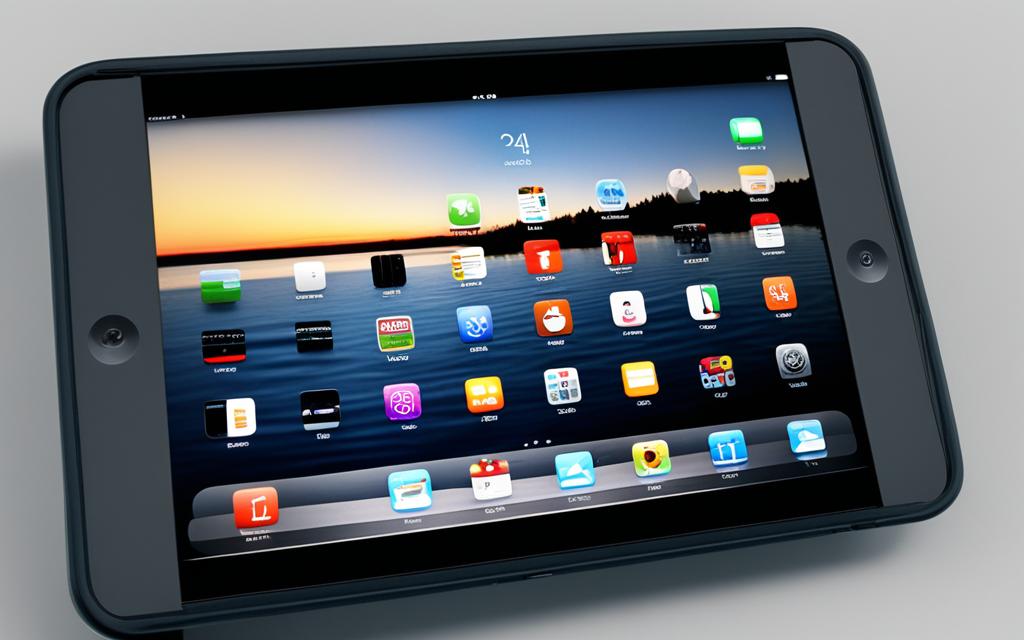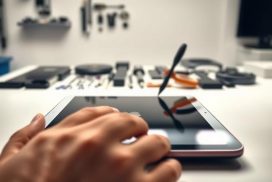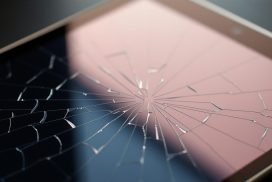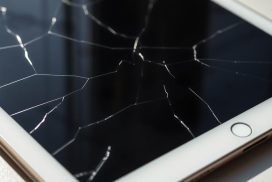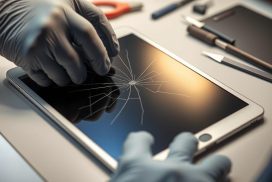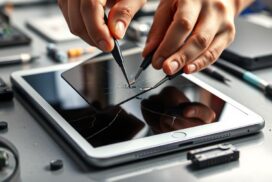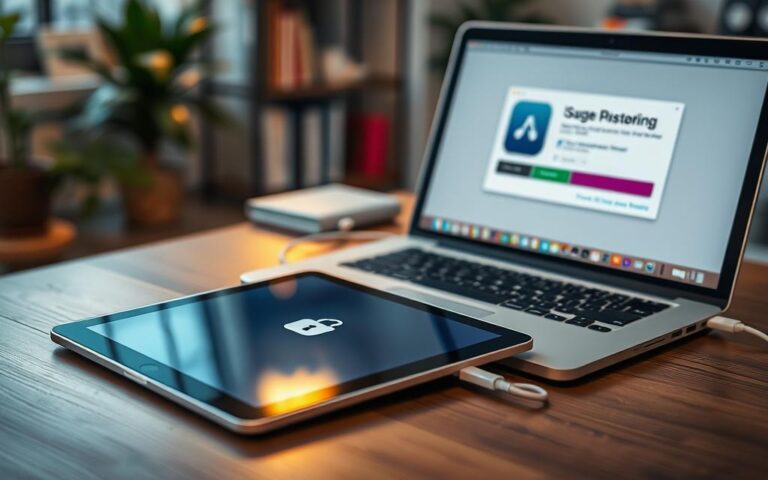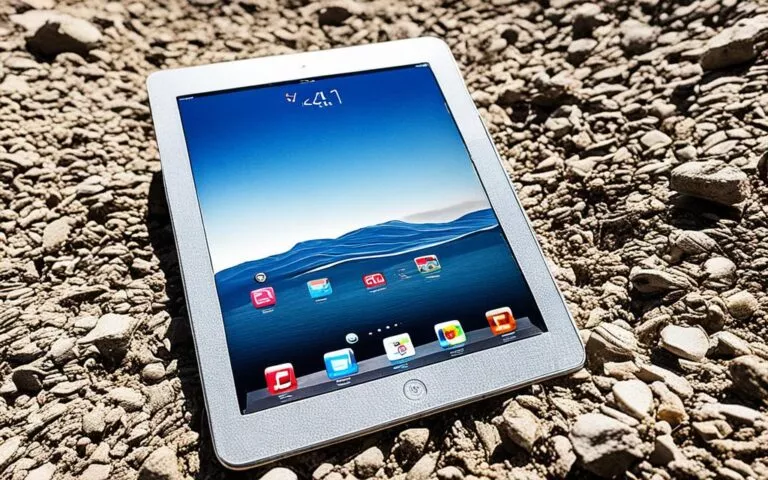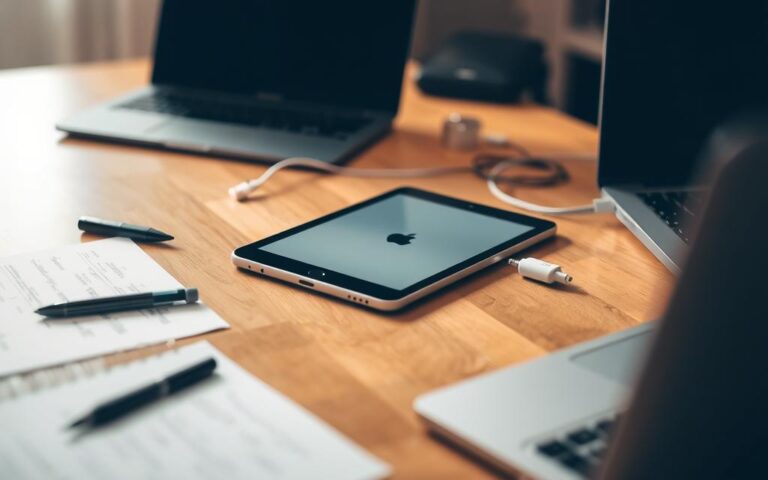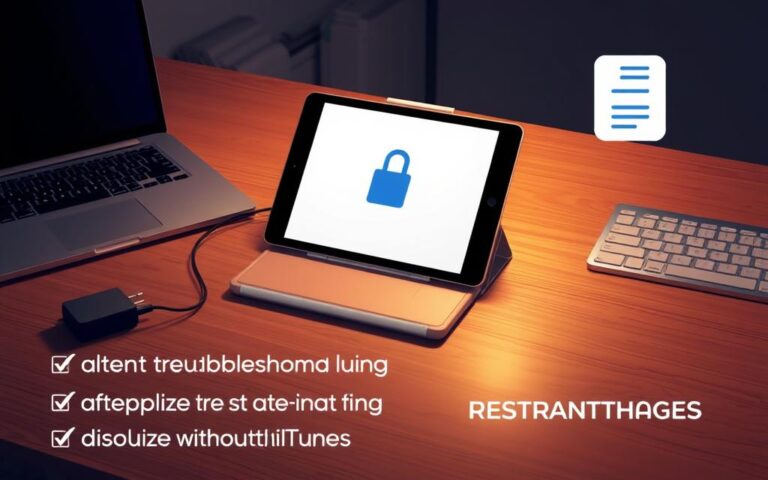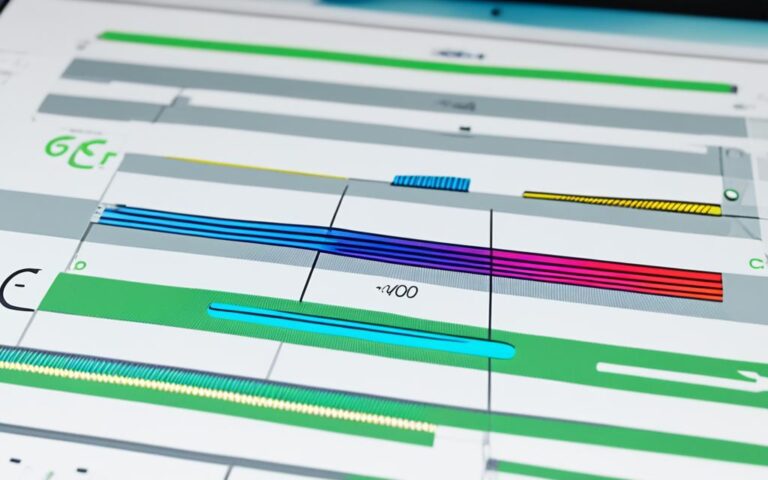iPad Mini Screen Burn-In Prevention and Repair
Welcome to our comprehensive guide on iPad Mini screen burn-in prevention and repair. The iPad Mini is a popular device known for its versatility and convenience. However, like any electronic device, it is susceptible to screen burn-in, which can cause persistent image retention on the display. In this article, we will explore the phenomenon of screen burn-in, the causes, and how to prevent it from occurring on your iPad Mini. We will also provide insights into the repair options available if screen burn-in does happen. So, let’s delve into the world of iPad Mini screens and ensure optimal performance and longevity for your device.
Screen burn-in is a rare occurrence in modern electronic devices, including the iPad Mini, but it can happen depending on device usage. In the next sections, we will discuss what screen burn-in is, the causes behind it, devices prone to screen burn-in, and the preventive measures to avoid it. Additionally, we will provide some insights into fixing and repairing screen burn-in on your iPad Mini. Whether you are a casual user or rely on your iPad Mini for work or entertainment, it’s important to ensure the longevity and performance of your device by understanding and addressing screen burn-in. Let’s dive deeper into the topic and equip you with the knowledge to protect your iPad Mini’s screen from burn-in-related issues.
What is Screen Burn-In?
Screen burn-in is a phenomenon that can affect electronic devices, particularly modern flat screens. It refers to the persistent images that remain on the screen, even when the device is turned off or displaying something else. While screen burn-in was initially associated with older cathode-ray tube (CRT) displays, it can still occur on newer devices such as LCD panels, plasma screens, and OLED panels.
Screen burn-in was a common issue with older monochrome displays used in early computers. It occurred when the phosphors on the screen wore unevenly, resulting in the retention of a faint image. Despite advancements in display technology, screen burn-in can still happen, although LCD panels are generally less susceptible. Temporary image persistence is more common on LCD screens.
Causes of Screen Burn-In on Phones
Screen burn-in on phones can be attributed to the prolonged display of a static image. While this phenomenon is commonly associated with televisions featuring persistent logos or graphics, it can also occur on smartphones and tablets, especially when apps with static elements are used for extended periods.
There are several scenarios where screen burn-in is more prevalent on mobile devices. For instance, tablets used as home hubs or in-store point-of-sale terminals often have static images displayed for long durations, increasing the risk of screen burn-in. Similarly, smartphones used for navigation during daily commutes may exhibit burn-in due to the continuous display of static elements on maps or GPS applications.
To prevent screen burn-in on smartphones and tablets, it is crucial to be aware of these situations and take appropriate precautions. Avoid leaving static images or app interfaces on the screen for extended periods and utilize features like screen timeout settings to minimize the risk of burn-in. By being mindful of these causes and implementing preventive measures, users can ensure the longevity and performance of their mobile device displays.
Devices Prone to Screen Burn-In
When it comes to smartphones and tablets, newer devices with OLED-based technology, such as AMOLED, are particularly prone to screen burn-in. Apple’s line of iPhones is a prime example. The iPhone X, iPhone XS, and iPhone 11 Pro models all feature OLED panels, which offer vibrant colors and deep blacks but are more susceptible to burn-in. On the other hand, the iPad family predominantly uses LCD panels, with the exception of the 12.9-inch iPad Pro (2021 and newer) which utilizes mini LED technology. Meanwhile, among Android devices, many smartphones and tablets opt for OLED displays, especially in the higher-end market.
Below, you can find a table summarizing which devices are prone to screen burn-in:
| Device | Display Technology |
|---|---|
| Apple iPhone X | OLED |
| Apple iPhone XS | OLED |
| Apple iPhone 11 Pro | OLED |
| Apple iPad | LCD |
| Apple 12.9-inch iPad Pro (2021 and newer) | Mini LED |
| Android Smartphones | OLED |
| Android Tablets | OLED |
As you can see, it is crucial to be aware of the display technology used in your device, as OLED-based screens are more susceptible to burn-in compared to LCD or mini LED technologies. Taking precautionary measures and ensuring proper usage habits can help minimize the risk of screen burn-in in these devices.
Prevention of Screen Burn-In
Screen burn-in can be prevented with some reasonable precautions. One effective method is to shut down the device or turn off the screen for a period of time, allowing the image retention to fade. This allows the screen pixels to reset and prevents the persistence of static images.
Another preventive measure is to use corrective apps that pulse through various images. These apps help balance out the OLED pixels by constantly refreshing the screen display. By using corrective apps, the risk of image retention and screen burn-in can be significantly reduced.
Adjusting the display settings can also play a role in preventing screen burn-in. Lowering the screen brightness can help minimize the strain on the pixels and reduce the chances of burn-in. Additionally, using dark mode can decrease the overall brightness of the screen and lessen the risk of screen burn-in.
Another important precaution is to set the screen timeout. By setting the screen to automatically turn off after a certain period of inactivity, you can ensure that static images do not remain on the display for extended periods, reducing the chances of burn-in.
To further prevent screen burn-in, consider turning on pixel shift or screen rotation. Pixel shift slightly moves the screen content to avoid consistent usage of the same pixels. Screen rotation can distribute the pixel usage more evenly, reducing the risk of burn-in in specific areas of the screen.
Avoiding static images for extended periods is also crucial in preventing screen burn-in. When possible, avoid using apps or displaying content with static elements for prolonged periods. This includes navigation apps, static logo displays, and other apps that consistently show the same image. By using a variety of content and regularly changing the displayed images, you can minimize the risk of screen burn-in.
By following these precautions and implementing the recommended measures, you can significantly reduce the risk of screen burn-in on your device, ensuring a longer lifespan for your screen and optimal display quality.
Fixing Screen Burn-In
Once screen burn-in occurs, it cannot be fully fixed. However, with OLED panels, what often appears as burn-in is actually image retention, which can dissipate over time with normal device usage. If image retention persists, fully powering off the device for several hours or even overnight can help. There are also corrective apps available that pulse through images to balance out the OLED pixels. It is important to note that these solutions are effective for image retention but not for actual screen burn-in, which requires screen replacement.
| Fixing Screen Burn-In Methods |
|---|
| Fully power off the device for several hours or overnight. |
| Utilize corrective apps that pulse through images. |
| Replace the screen if the issue is actual screen burn-in. |
Repairing Screen Burn-In on iPad Mini
If you’re experiencing screen burn-in on your iPad Mini, there’s a simple solution to fix it. Follow these steps to repair the issue and restore your screen to its optimal state.
- Power Down the Device: To start the repair process, fully power down your iPad Mini. This ensures that the screen pixels de-energize and any ghosting effects caused by burn-in disappear.
- Time Is Key: Allow the device to remain powered off and unused for at least four days. This time period gives enough opportunity for the burn-in/ghosting to fade away completely. It is essential not to check the device prematurely, as doing so may require repeating the entire process.
- No More Burn-In/Ghosting: After the recommended time has passed, you should find that the burn-in or ghosting effect is no longer present on the screen. At this point, your iPad Mini can be used normally without the risk of immediate recurrence.
Following these steps will help resolve the screen burn-in issue on your iPad Mini, restoring it to its original functionality. By giving the device sufficient time to de-energize and allowing the burn-in effects to fade away, you can enjoy a clear and vibrant display once again.
Conclusion
Screen burn-in is a phenomenon that can occur on electronic devices, such as the iPad Mini. However, with some preventive measures, it can be avoided. By taking precautions like avoiding static images, optimizing display settings, and utilizing alternatives like dark mode, the risk of screen burn-in can be minimized.
If screen burn-in does happen, it’s important to note that it cannot be fully repaired. However, image retention, which often appears as burn-in on OLED panels, can fade over time with regular device usage. It’s crucial to be aware of the technology used in your device, whether it’s an OLED or LCD panel, and take appropriate measures to prevent screen burn-in.
In conclusion, by being proactive and mindful of the screen’s limitations, you can prolong its lifespan and reduce the chances of experiencing screen burn-in. Whether you have an OLED or LCD device, implementing preventive strategies and understanding the characteristics of your screen can help ensure that you enjoy a long-lasting and high-quality display.
FAQ
What is screen burn-in?
Screen burn-in is the persistence of faint images on the screen of electronic devices, even when the device is off or displaying something else.
What causes screen burn-in on phones?
Screen burn-in on phones can be caused by leaving a static image on the screen for an extended period, especially common with persistent logos or graphics.
Which devices are prone to screen burn-in?
Devices with OLED-based technology, such as AMOLED, are most prone to screen burn-in. This includes certain iPhone models and many Android devices.
How can screen burn-in be prevented?
Screen burn-in can be prevented by shutting down the device or turning off the screen for a period of time, using corrective apps to balance out the pixels, lowering screen brightness, using dark mode, and avoiding static images for extended periods.
Is screen burn-in fixable?
Screen burn-in cannot be fully fixed, but image retention, often mistaken for burn-in, can dissipate over time with normal device usage or by using corrective apps. Actual screen burn-in requires screen replacement.
How can screen burn-in on an iPad Mini be repaired?
To repair screen burn-in on an iPad Mini, it is recommended to fully power down the device and avoid using it for at least four days. This allows the screen pixels to de-energize and the ghosting to disappear.
